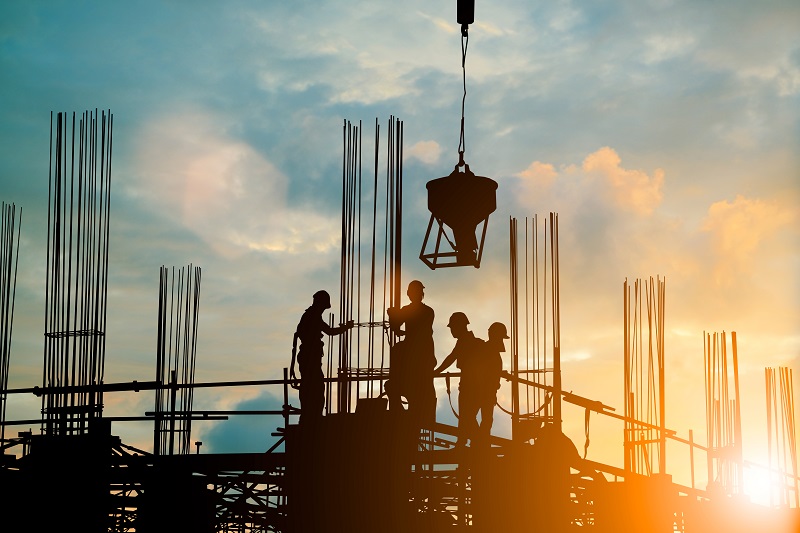
Every day, OSHA inspectors across the nation enforce the laws that protect America’s workers. However, they can’t be everywhere, and inevitably unscrupulous employers will cut corners, leading to preventable worker injuries and deaths. A disproportionate number of these injuries and deaths occur in the construction industry. Last month, we observed Workers Memorial Day, a day when we remember and honor workers who lost their lives as a result of preventable workplace accidents and illnesses.
One notable event was a Workers Memorial Day Mass at St. Camillus Church in Silver Spring, Maryland memorializing the deaths of 19 construction workers last year in the Washington, D.C., metropolitan area. It was a solemn event. At the front of the church there were 20 empty chairs with roses and hard hats bearing the names of the 19 fallen workers. The 20th chair honored those who died as a result of contracting COVID-19.
The church was filled with dozens of construction workers in hard hats. Father Brian Jordan preached about the sanctity and the danger of construction work, noting that while construction workers made up only 4% of the working population, construction industry deaths accounted for 20% of the workplace deaths. Banners from construction unions hung from the walls, and union pins and bumper stickers were seen prominently on the lapels and cars of those attending the mass.
The solidarity shown for these fallen workers was both inspiring and revealing. For while the church was filled with union members, none of the 19 memorialized were union-represented workers. They all worked – and died – on job sites without union contracts and their negotiated safety and health protocols, without union representatives to police their working conditions for safety violations, and without grievance procedures to challenge and correct any unsafe working conditions. They had no union representatives to exercise walkaround rights during OSHA inspections.
While union representation is not a magic bullet to workplace safety problems, there is little doubt that it makes a positive difference. A recent report surveying the construction industry published by the Illinois Economic Policy Institute based on publicly reported OSHA data found that union worksites are 19% less likely to have an OSHA violation and had 34% fewer violations per OSHA inspection than non-union worksites. Overall, while unions represent 14% of the construction industry employees, their employers account for only 5% of the industry’s OSHA violations.
Despite our best efforts, there will always be some workplace accidents and deaths. But all of us – employers, unions, workers, and the government – need to recommit ourselves to fully reducing the number of those occurrences possible and to eliminating preventable injuries and deaths entirely—making workplace safety a core value that is respected in all industries and for all workers. A safe workplace should be ingrained in all of us and something we think about as a matter of course each day. Union representation is one important step in that direction.
Jeffrey Freund is the director of the U.S. Department of Labor's Office of Labor-Management Standards.
Leah Ford is the chief of staff of the U.S. Department of Labor’s Occupational Safety and Health Administration.

 U.S. Department of Labor Blog
U.S. Department of Labor Blog
